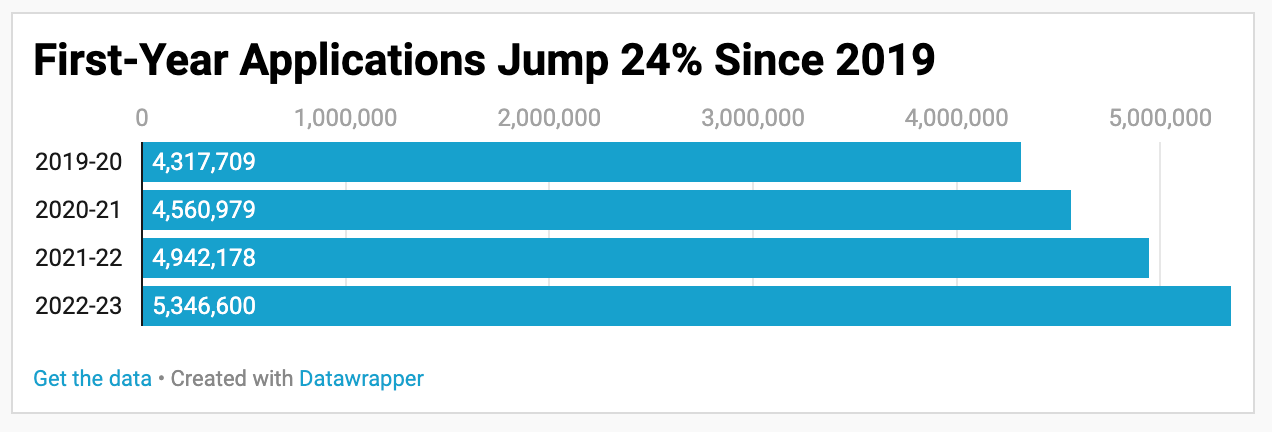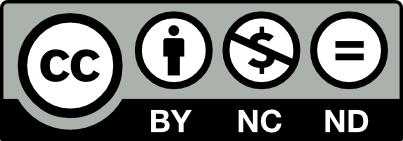This page is licensed under Creative Commons under Attribution 4.0 International. Anyone can share content from this page, with attribution and link to College MatchPoint requested.
How Application Inflation Is Making College Admissions Even More Competitive
As if the college admissions process wasn't competitive enough, a new phenomenon called "application inflation" is making it even harder to get into the school of your choice. Here's what you need to know about this trend and how it's affecting students' chances of getting into the colleges they want.

The Common App reports that the share of students applying to more than 10 colleges increased from 8% to 17% between 2014 and 2022. While application numbers dropped significantly for some smaller schools – especially for those not well known – the most competitive schools in the country have seen a tsunami of applications. These increases aren’t just for highly selective schools. For example, Auburn University received over 40,000 applications to review from the Class of 2022, an all-time high. This marked a 68.5% increase in applications from the year before and a stunning 155% increase from two years ago. Data for this admissions season is already starting to emerge as colleges release their early decision/restrictive early action decisions in late 2022. Schools like Duke, Dartmouth, and Yale again saw a record number of early applicants, driving admit rates to record lows.
The reason for this spike is clear. The SAT or ACT standardized test score used to make or break college applications for high school seniors. But the pandemic turned that all on its head as nearly 80 percent of four-year colleges and universities went test-optional. Many schools are now evaluating whether that policy should become permanent. As a result, fewer than half of the students who applied early to college this fall submitted standardized test scores. Just three years ago, 78 percent of applicants included test scores in their early Common App submissions, a round of admissions that ends Nov. 1. As a result, students are applying to schools they would have never consider if test requirements still existed.
The solution is clear in the midst of this ongoing wave of inflation—students should focus on a balanced college list, with more possible schools than reaches, and a few schools that are a match for the student. As Jeff Selingo said in his book Who Gets In and Why: A Year Inside College Admissions, “The more time teenagers spend making sure their college list has a mix of schools, as well as thinking about the academic, social, and financial fit of each of them, the better off they’ll be at the end of the process.“
Application inflation is a daunting concept to get your head around, and the expectations have only recently begun to reach those levels due to various external factors. It’s certainly not impossible to get accepted into your dream school. There are steps you can take – such as engaging in activities that relate to your passion, taking an innovative approach to extracurriculars, and using every resource available – that will help you stand out amongst the competition. Ultimately it's important for students to stay positive and understand that if their efforts don't yield desired results on the first try, that doesn't mean they should give up – pushing through and applying a second or third time could end up making all the difference.


